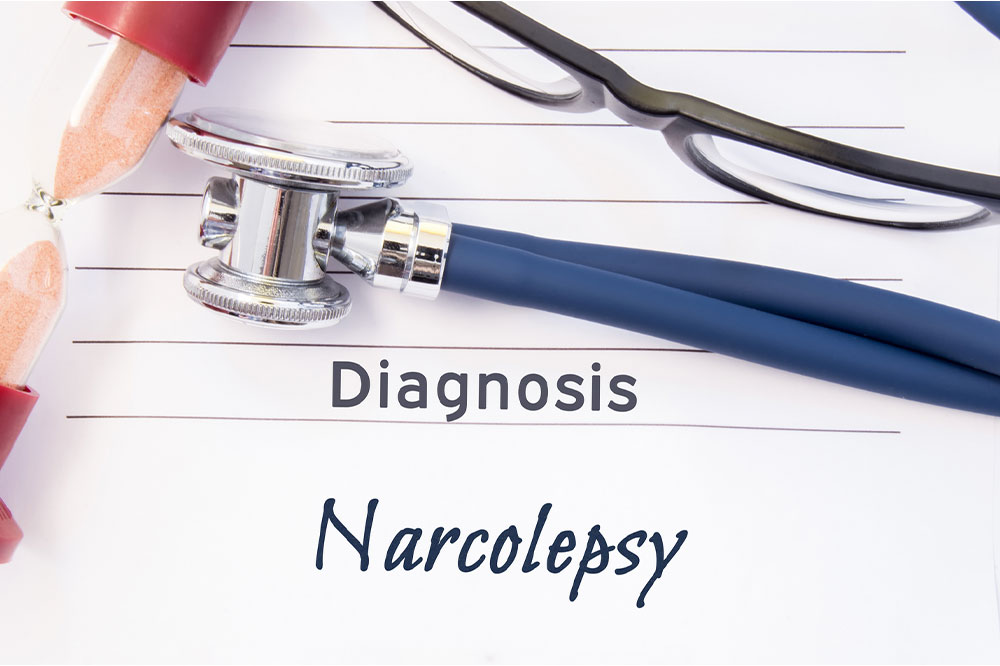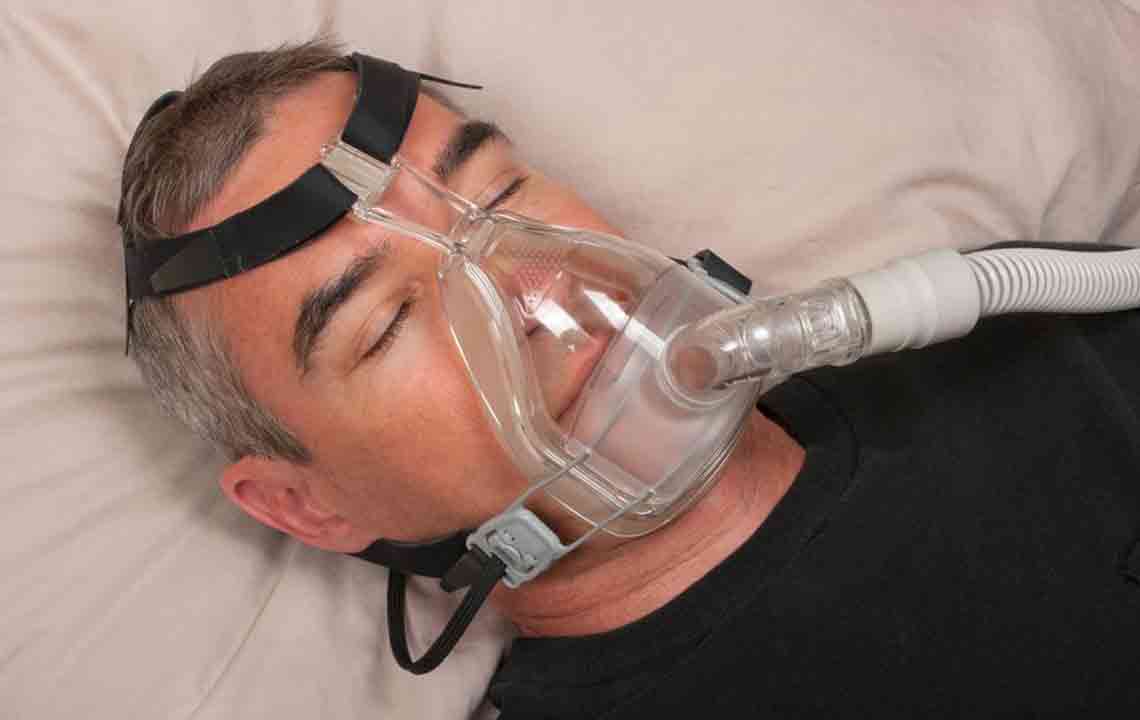Comprehensive Guide to Recognizing Indicators and Symptoms of Narcolepsy
This detailed guide explores the essential symptoms and indicators of narcolepsy, a chronic sleep disorder. From excessive daytime sleepiness to muscle weakness and hallucinations, understanding these signs can aid early diagnosis and better management. Early detection is vital to improve life quality; thus, recognizing symptoms like sleep paralysis, REM intrusion, and cataplexy is crucial. This comprehensive article offers valuable insights into narcolepsy's key signs, helping patients and caregivers identify the condition promptly and seek appropriate treatment options to control symptoms effectively.

Understanding the Key Indicators and Symptoms of Narcolepsy
Narcolepsy is a chronic neurological sleep disorder that profoundly impacts an individual's quality of life. Marked primarily by overwhelming daytime sleepiness and sudden episodes of sleep, narcolepsy disrupts normal wakefulness cycles, leading to various challenges in daily functioning. Recognizing its early signs and symptoms is crucial for timely diagnosis and effective management, although there is currently no cure for the disorder. This comprehensive guide aims to highlight the main indicators of narcolepsy, helping patients and caregivers identify potential issues early on, thus enabling better treatment approaches to improve overall well-being.
The Importance of Recognizing Narcolepsy Symptoms Promptly
Detecting narcolepsy symptoms early is essential to prevent the condition from worsening and to mitigate its impact. Since narcolepsy can be mistaken for other conditions such as sleep deprivation or mental health issues, awareness and vigilance are key. While the exact cause of narcolepsy remains unclear, ongoing research suggests a combination of genetic and environmental factors. Although there is no definitive cure, various treatment options, including medications, lifestyle adjustments, and behavioral therapies, can significantly control symptoms and enhance the quality of life for affected individuals.
Major Symptoms and Indicators of Narcolepsy
Persistent Excessive Daytime Sleepiness
One of the hallmark signs of narcolepsy is persistent and overwhelming sleepiness during the day, regardless of how much sleep a person gets at night. This uncontrollable urge to nap can occur suddenly at any time, making normal routines difficult to maintain. People with narcolepsy might find themselves falling asleep unexpectedly during conversations, work tasks, or even while driving, which poses significant safety risks. After awakening, they often feel refreshed temporarily but quickly return to a state of drowsiness, underscoring the severity of this symptom.
Difficulty Staying Focused and Maintaining Alertness
Chronic sleepiness can severely impair cognition, resulting in poor concentration, memory lapses, and diminished alertness. These cognitive deficits can interfere with academic or occupational performance, leading to frustration and reduced productivity. Individuals may find it challenging to stay attentive during meetings or while reading, which can impact their reliability in professional settings. Recognizing that these issues stem from disrupted sleep regulation is crucial for proper assessment and intervention.
Muscle Weakness or Cataplexy
Cataplexy, characterized by sudden muscle weakness or loss of muscle tone, is a distinctive sign of narcolepsy. It can manifest as drooping eyelids, slurred speech, or even temporary paralysis, often triggered by strong emotional reactions such as laughter, excitement, or anger. During a cataplectic attack, individuals may collapse or experience significant muscle weakness but remain conscious. This symptom is particularly alarming and often prompts medical evaluation when observed by loved ones or caregivers.
Sleep Paralysis Episodes
Another prominent feature is sleep paralysis, where individuals temporarily lose the ability to move or speak just before falling asleep or upon waking. These episodes can last from a few seconds to several minutes and are often accompanied by frightening hallucinations or a sensation of pressure on the chest. Sleep paralysis reflects the intrusion of REM sleep at inappropriate times and adds to the distress experienced by patients. Awareness of this symptom can help distinguish narcolepsy from other sleep disorders.
Involuntary Rapid Eye Movements During Wakefulness
Unlike normal sleep patterns, some individuals with narcolepsy experience abnormal rapid eye movements during wakefulness, a sign of disrupted sleep architecture. Such movements can be an indication of abnormal REM sleep intrusion into wake states, further impairing alertness and quality of life. These involuntary eye movements are often visible during episodes of sleep attacks or microsleeps, providing clinicians additional clues for diagnosis.
Vivid and Often Frightening Hallucinations
Hypnagogic hallucinations—vivid, hallucination-like experiences occurring at sleep onset or during transitions between sleep and wakefulness—are common in narcoleptics. These hallucinations can be frightening, involving visual, auditory, or tactile sensations that seem real. Patients may see or hear things that aren’t present, which often causes anxiety and fear for both sufferers and their families. Recognizing these hallucinations as part of narcolepsy can guide appropriate psychological support and treatment.
Understanding these indicators is fundamental in differentiating narcolepsy from other sleep-related or neurological conditions. Proper diagnosis often involves sleep studies, including polysomnography and Multiple Sleep Latency Tests (MSLT), to observe sleep patterns and abnormal REM phenomena. If you or your loved ones exhibit several of these symptoms, consulting a sleep specialist for a thorough evaluation is essential for effective management and improved quality of life.





